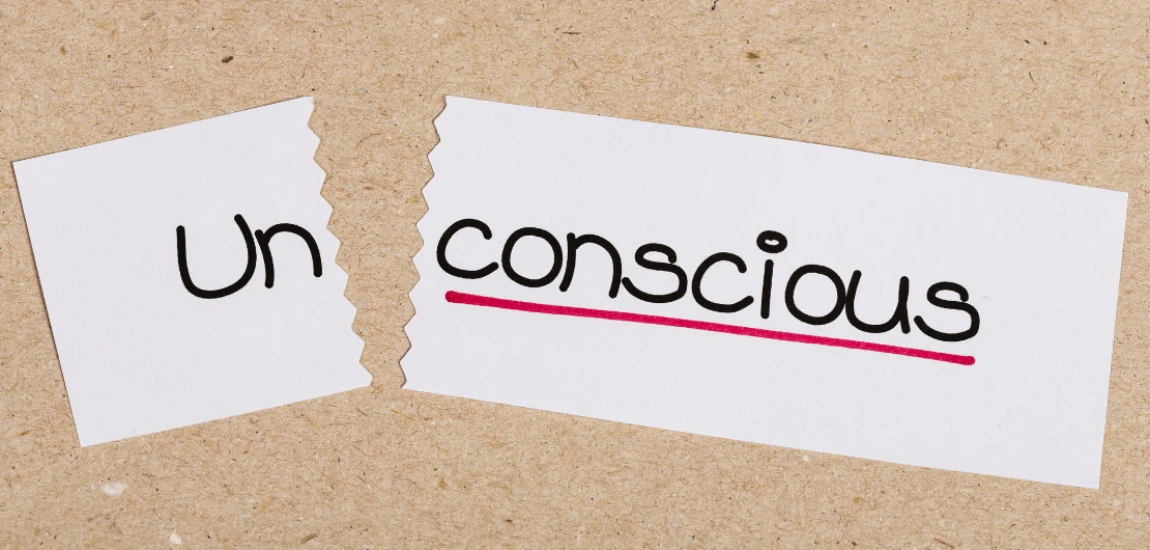The Algorithmic Unconscious: What Platforms Know Before We Do

There’s a moment — before you’ve even finished typing, before you’ve consciously formed a thought — when the algorithm already knows what you’re about to say, buy, or feel. Whether it’s Netflix suggesting your next binge or Spotify predicting your mood, our digital behaviors have created a shadow intelligence: the algorithmic unconscious.
This invisible machinery doesn’t just reflect our habits; it shapes them. It learns from our micro-behaviors — the pauses, scrolls, clicks, and hesitations — to anticipate desires we haven’t articulated yet. Like a modern oracle, it tells us who we are before we know ourselves.
But what happens when our private impulses become predictive data? When the unconscious — once hidden in dreams and slips of the tongue — becomes digitized, mined, and monetized? This blog dives deep into the psyche of the internet, where algorithms act as mirrors, manipulators, and perhaps, mind readers.
The Rise of the Algorithmic Unconscious: From Freud to Facebook

The Digital Reincarnation of the Unconscious
Sigmund Freud once described the unconscious as the reservoir of hidden desires and fears driving human behavior. Today, that reservoir has migrated online. Every like, linger, and late-night search builds a digital subconscious that platforms decode. The algorithmic unconscious is not a metaphor — it’s a data-driven version of Freud’s dreamscape, where your unspoken preferences are continuously analyzed and predicted.
The Shift from Self-Knowledge to Machine-Knowledge
Historically, introspection was a human art — we discovered ourselves through reflection, art, or therapy. Now, platforms like TikTok and YouTube know our cravings before we consciously recognize them. The algorithm studies behavior patterns to forecast moods, relationships, and even political inclinations. In many ways, the machine has become the new therapist — except it’s designed to profit, not heal.
Platforms as Psychic Interfaces
Social media platforms act as extensions of our psychological space. They learn from emotional data — how long we hover over sad videos, how quickly we scroll past joy. The algorithm doesn’t just predict behavior; it induces it. Each suggestion is both a reflection and a nudge, guiding us toward becoming more predictable versions of ourselves.
Data as Desire: How Algorithms Learn What We Want Before We Do

The Psychology of Prediction
Algorithms rely on behavioral data to construct profiles that go beyond demographics. They learn emotional triggers — what captures attention, what provokes outrage, what comforts. Through thousands of micro-observations, they form a picture of our emotional landscape. These invisible calculations reveal patterns we might never admit consciously.
Emotional Profiling and Predictive Intimacy
Consider how Spotify curates “mood” playlists or how Instagram tailors the Explore page. These systems don’t just respond to preference; they anticipate emotional need. When algorithms sense we’re lonely, they feed us connection-based content; when we’re bored, they deliver novelty. This creates a state of predictive intimacy — a sense that technology “knows us,” even more intuitively than loved ones might.
When Desire Becomes Data
The problem arises when this predictive intimacy turns exploitative. Platforms commodify emotional signals, translating our digital longings into profit. Every scroll feeds an economy of attention, where feelings become metrics. In the algorithmic unconscious, desire is no longer private; it’s programmable.
Mirrors and Manipulators: How Algorithms Shape the Self

Feedback Loops of Identity
Algorithms mirror our behavior — but like any mirror, they can distort. By continuously feeding users content aligned with past preferences, they reinforce existing beliefs and emotions. This creates algorithmic echo chambers where our identities are subtly curated. Instead of discovering who we are, we become who the algorithm expects us to be.
The Illusion of Free Will
Scrolling feels like choice, but it’s often design. Each interface is optimized to guide attention, evoke emotion, and sustain engagement. Behavioral design taps into cognitive biases, exploiting curiosity, validation, and fear of missing out. The algorithmic unconscious blurs the line between self-expression and manipulation — we express ourselves through systems engineered to profit from that expression.
The Construction of Digital Selves
Over time, these feedback loops produce algorithmic identities — digital versions of ourselves optimized for engagement rather than authenticity. Our unconscious desires are not just predicted; they’re cultivated. The question is no longer “Who am I?” but “Who am I becoming under algorithmic influence?”
The Ethics of Prediction: When Knowing Becomes Control

The Commodification of Intimacy
Predictive systems trade on intimacy. They know when we’re vulnerable, when we’re craving validation, when we’re likely to click “buy.” This data intimacy creates power asymmetry — platforms know everything about us, while we know almost nothing about how they decide what we see. The result is an emotional marketplace where our unconscious becomes a monetizable asset.
Algorithmic Bias and Emotional Exploitation
The algorithmic unconscious isn’t neutral. It reflects and amplifies biases present in training data — often perpetuating stereotypes, reinforcing division, or prioritizing outrage because it drives engagement. By optimizing for attention, not ethics, algorithms exploit our emotional circuitry. What feels like spontaneous curiosity is often a carefully engineered compulsion.
Transparency and Algorithmic Accountability
To reclaim autonomy, we need transparency — not just in data collection, but in emotional computation. Users deserve to know how algorithms infer their psychological states and how those inferences shape their feeds. Ethical design requires making the algorithm visible without stripping away its functionality — a form of digital literacy that empowers rather than manipulates.
The Intimacy of Inference: How Algorithms Read Between the Lines

The Power of Micro-Behaviors
Even the smallest gestures — a pause on a video, a second glance at an image — contain meaning. Algorithms analyze these micro-behaviors to infer emotional states. Studies show platforms can predict relationship breakups, depressive episodes, and political leanings with uncanny accuracy. The algorithmic unconscious thrives on what we don’t say — the silences, the hesitations, the idle scrolling.
The Predictive Gaze
This predictive power turns everyday interactions into psychological data points. The more we engage, the more the algorithm learns — until prediction becomes preemption. Instead of waiting for desire, it plants it. This creates a feedback system where algorithms don’t just reflect the unconscious; they construct it.
When the Machine Feels Us Back
As emotion-recognition technologies advance, algorithms are moving toward affective computing — the ability to detect and respond to human emotions in real time. This means our facial expressions, tone, and physiological signals can train systems to adapt dynamically. In this sense, the algorithm no longer just observes us — it feels us back, turning human affect into computational input.



